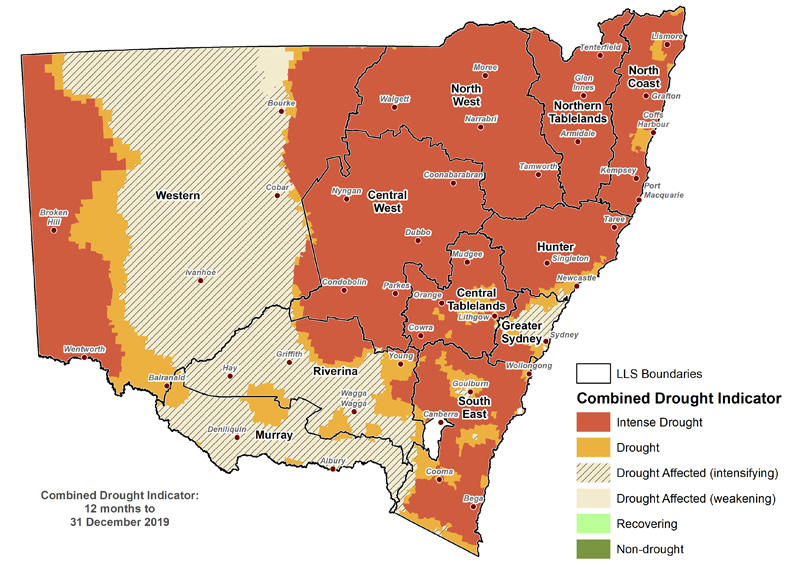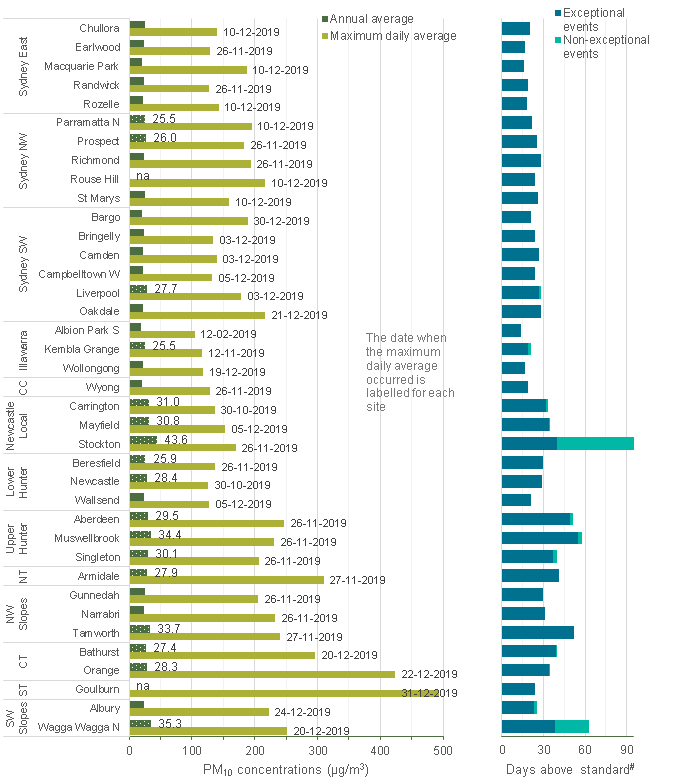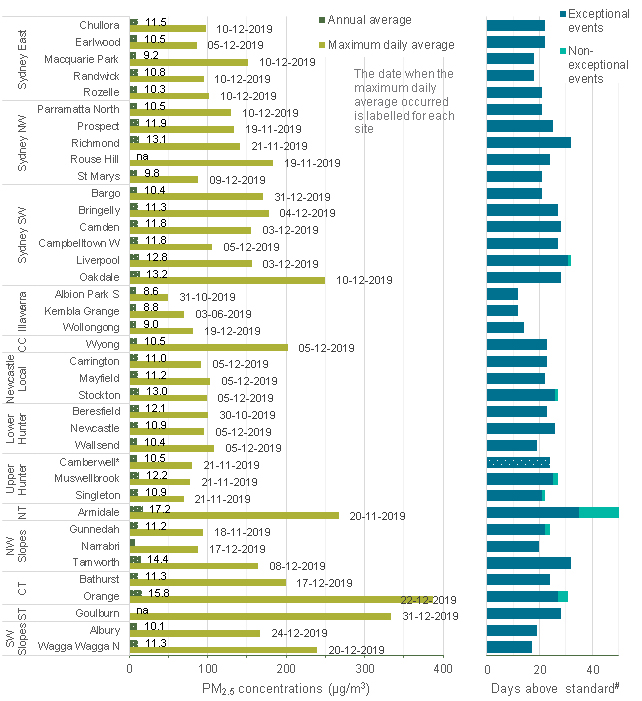|
04/01/2019
|
Bringelly (10.3), Camden (10.4)
|
Bargo (9.6), Bringelly (8.5), Camden (9.1), Campbelltown West (8.2), Oakdale (8.4)
|
|
15/01/2019
|
Bargo (12.8), Camden (11.6), Campbelltown West (11.4), Oakdale (10.3), St Marys (11.5)
|
Bargo (10.7), Camden (10.1), Campbelltown West (10.6), Oakdale (9.1), Prospect (8.3), St Marys (9.3)
|
|
16/01/2019
|
Camden (13.8), Campbelltown West (10.8), Oakdale (11.6), Prospect (11.1), Richmond (13.7), St Marys (13.7)
|
Bargo (8.2), Camden (11.1), Campbelltown West (9.1), Liverpool (8.6), Oakdale (10.2), Parramatta North (8.2), Prospect (10.0), Richmond (12.0), St Marys (11.8)
|
|
17/01/2019
|
Bargo (11.3), Camden (11.0), Campbelltown West (10.7), Oakdale (11.6)
|
Bargo (9.0), Camden (9.4), Campbelltown West (8.8), Oakdale (9.2), Prospect (8.6), St Marys (9.2)
|
|
18/01/2019
|
Bargo (10.7), Campbelltown West (10.7)
|
Bargo (8.9), Bringelly (8.4), Campbelltown West (9.3), Liverpool (8.6), Oakdale (8.1)
|
|
22/01/2019
|
Bargo (10.9)
|
Bargo (9.7), Bringelly (8.4), Camden (8.7), Campbelltown West (8.8), Oakdale (8.4)
|
|
25/01/2019
|
-
|
Bargo (8.2), Bringelly (8.2)
|
|
26/01/2019
|
Liverpool (11.4)
|
Bringelly (9.3), Camden (9.0), Campbelltown West (8.3), Liverpool (9.4), Macquarie Park (8.4), Oakdale (8.3), Parramatta North (8.1), Prospect (8.6), St Marys (9.8)
|
|
29/01/2019
|
-
|
Bringelly (8.5), Camden (8.5), Campbelltown West (8.9), St Marys (8.3)
|
|
18/02/2019
|
-
|
Bargo (8.1), Bringelly (8.4), Camden (8.2), Campbelltown West (8.3)
|
|
31/10/2019
|
Bringelly (10.4), Camden (10.3), St Marys (10.5)
|
Bargo (8.1), Bringelly (9.6), Camden (9.7), Campbelltown West (8.8), Chullora (8.1), Liverpool (8.6), Parramatta North (8.8), Prospect (8.8), Rouse Hill (8.3), St Marys (9.4)
|
|
01/11/2019
|
Bringelly (10.4), Camden (10.3), Oakdale (10.8), St Marys (10.6)
|
Bargo (8.9), Bringelly (9.0), Camden (9.1), Campbelltown West (8.6), Oakdale (9.5), Parramatta North (8.6), Prospect (8.9), St Marys (9.3)
|
|
18/11/2019
|
-
|
Richmond (9.1), Rouse Hill (8.3), St Marys (8.3)
|
|
19/11/2019
|
-
|
Kembla Grange (9.2), Randwick (8.8), Rozelle (8.3), Wollongong (9.1)
|
|
21/11/2019
|
Bargo (12.6), Bringelly (10.4), Camden (12.1), Campbelltown West (10.5), Oakdale (14.7), Richmond (12.0), St Marys (12.0)
|
Bargo (12.5), Bringelly (9.9), Camden (11.5), Campbelltown West (10.2), Oakdale (13.0), Parramatta North (8.2), Richmond (11.4), St Marys (11.0)
|
|
28/11/2019
|
-
|
Richmond (8.4)
|
|
29/11/2019
|
-
|
Bringelly (8.2), Camden (8.5), Kembla Grange (9.0), Parramatta North (8.4), Richmond (8.2)
|
|
03/12/2019
|
-
|
Bringelly (8.2), Campbelltown West (8.3), Earlwood (8.1), Liverpool (8.7), Randwick (8.4)
|
|
04/12/2019
|
-
|
Bringelly (8.4), Chullora (8.4), Earlwood (8.4), Liverpool (8.4), Macquarie Park (8.7), Parramatta North (8.3), Randwick (8.1), Rozelle (8.1), Wyong (8.4)
|
|
05/12/2019
|
Newcastle (10.2), Randwick (11.2)
|
Newcastle (9.2), Randwick (10.3), Wallsend (8.3), Wyong (9.0)
|
|
07/12/2019
|
-
|
Richmond (8.4)
|
|
09/12/2019
|
St Marys (11.0)
|
Bargo (8.4), Goulburn (8.6), St Marys (9.5)
|
|
10/12/2019
|
Bargo (12.0), Bringelly (14.4), Camden (10.2), Campbelltown West (12.3), Chullora (17.6), Earlwood (17.9), Liverpool (15.7), Macquarie Park (12.2), Parramatta North (15.7), Prospect (13.2), Richmond (11.6), Rouse Hill (11.2), Rozelle (12.5), St Marys (12.3)
|
Bargo (9.6), Beresfield (8.2), Bringelly (11.1), Camden (9.2), Campbelltown West (10.6), Chullora (11.9), Earlwood (11.2), Liverpool (11.5), Macquarie Park (10.3), Parramatta North (12.2), Prospect (11.6), Richmond (10.3), Rouse Hill (10.1), Rozelle (9.5), St Marys (11.4), Wallsend (8.1)
|
|
19/12/2019
|
Bringelly (11.0), Camden (11.5), Campbelltown West (13.1), Chullora (15.4), Earlwood (15.7), Liverpool (11.4), Macquarie Park (11.2), Newcastle (10.4), Parramatta North (13.2), Prospect (13.1), Randwick (15.0), Rouse Hill (10.8), Rozelle (17.9), St Marys (11.4), Wallsend (10.5), Wollongong (11.1)
|
Beresfield (8.7), Bringelly (9.7), Camden (9.3), Campbelltown West (10.8), Chullora (12.1), Earlwood (12.5), Liverpool (9.6), Macquarie Park (10.5), Newcastle (9.7), Oakdale (8.7), Parramatta North (11.9), Prospect (12.2), Randwick (11.2), Rouse Hill (9.8), Rozelle (14.9), St Marys (10.7), Wallsend (9.7), Wollongong (9.4)
|
|
20/12/2019
|
Goulburn (14.7)
|
Goulburn (13.7), Gunnedah (8.7)
|
|
21/12/2019
|
Beresfield (12.6), Bringelly (10.3), Camden (11.4), Campbelltown West (12.9), Liverpool (10.6), Oakdale (10.6), Prospect (11.2), Wallsend (11.0)
|
Beresfield (10.7), Bringelly (9.6), Camden (10.6), Campbelltown West (11.7), Liverpool (9.5), Oakdale (9.6), Prospect (9.5), St Marys (8.9), Wallsend (8.4)
|
|
23/12/2019
|
-
|
Goulburn (8.2)
|
|
24/12/2019
|
-
|
Gunnedah (8.2)
|
|
27/12/2019
|
Goulburn (11.6)
|
Goulburn (9.4)
|
|
28/12/2019
|
-
|
Bargo (8.2), Campbelltown West (8.2)
|
|
29/12/2019
|
-
|
Beresfield (8.4)
|
|
30/12/2019
|
Richmond (10.1)
|
Bargo (8.5), Bringelly (8.2), Camden (8.2), Oakdale (9.5), Parramatta North (8.2), Prospect (8.8), Richmond (9.8), Rouse Hill (9.3), St Marys (9.4)
|
|
31/12/2019
|
Camden (10.7), Campbelltown West (10.9), Oakdale (10.6)
|
Camden (9.7), Campbelltown West (9.7), Oakdale (10), Wyong (9.0)
|








